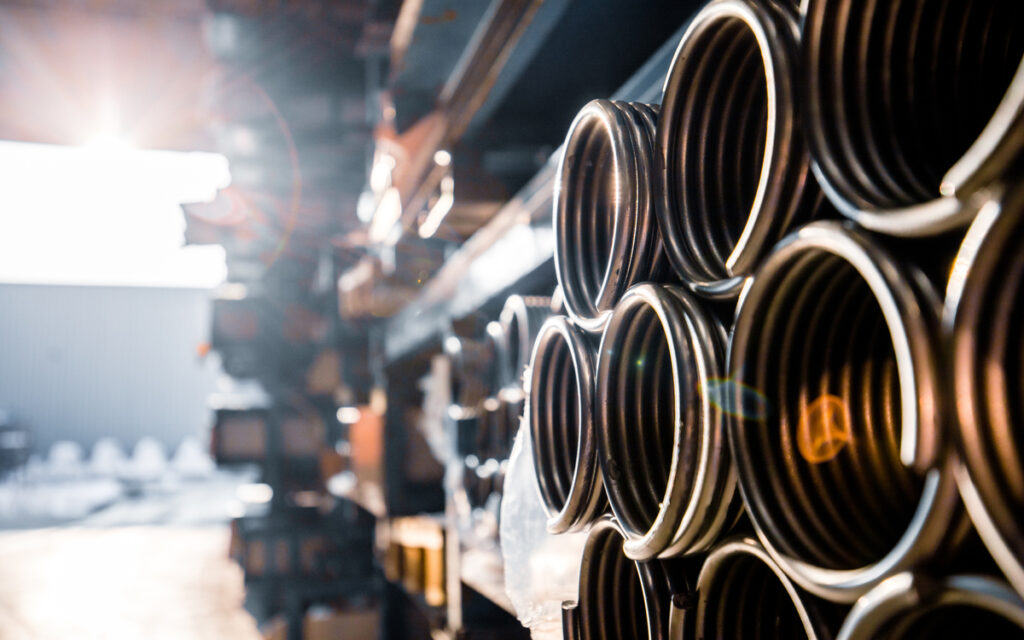

Springs are ubiquitous in mechanical design, finding applications in a vast array of products, from theautomotive industry to household appliances. Their primary function is to store mechanical energywhen they are deformed and then release it when they return to their original shape. This simple yetpowerful mechanism has made springs an indispensable component in engineering.
At their core, springs are devices that can deform under an external load and return to their original
shape once the load is removed. This characteristic is known as elasticity. Springs can be made from
a variety of materials, including metal, plastic, and even composites, depending on the requirements
of the application.
There are several types of springs, including:
One of the fundamental roles of springs in mechanical design is their ability to store and release
energy efficiently. When a spring is deformed—whether compressed, stretched, or twisted—it
stores potential energy. This energy is then released as kinetic energy when the spring returns to its
original shape. This transformation between potential and kinetic energy underpins many
mechanical systems.
For instance, in an automotive engine valve mechanism, springs are used to close valves after they
have been opened by the camshaft. The energy stored in the spring when it is compressed is
released to close the valve, ensuring timely and precise engine operation.
Springs play a crucial role in distributing loads and stresses within mechanical systems. They can be
designed to absorb shocks, reduce vibrations, and evenly distribute stress over a wider area, thereby
preventing material fatigue and failure. In vehicle suspension systems, springs absorb the impact of road irregularities, distributing the forces generated over a larger area of the vehicle’s structure. This not only improves ride comfort but also protects the vehicle’s chassis and body from stress-induced damage.
When integrating springs into mechanical systems, engineers must consider several factors to
ensure optimal performance and longevity. These include:
Springs are fundamental components in mechanical design, crucial for energy storage and release
mechanisms, as well as for the effective distribution of loads and stresses. Their design and
functionality require a good understanding of material science, physics, and engineering principles.
As technology advances, the humble spring continues to evolve, opening new avenues for
innovation in mechanical design. Through careful selection and design, engineers can harness the
unique properties of springs to enhance the functionality, reliability, and efficiency of mechanical
systems.